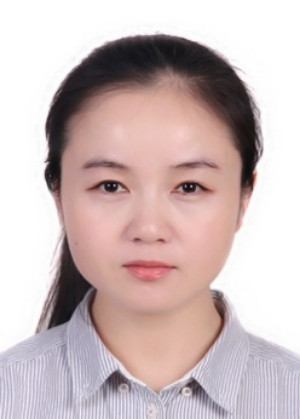Symmetry and Information
A special issue of Information (ISSN 2078-2489).
Deadline for manuscript submissions: closed (31 October 2016) | Viewed by 85692
Special Issue Editors
Interests: multidisciplinary research; systems biology; biology & information; scientomics; sensory-motor approach; laughter research; social information; information science; information philosophy
Special Issues, Collections and Topics in MDPI journals
Interests: plant mitochondria; alternative oxidase; respiratory carbon metabolism; photorespiration; environmental and stress biology; interactions of respiration and photosynthesis; plant responses to global change; plant molecular genetics; plant epigenetics; mitochondrial stress-signaling; reactive oxygen and nitrogen species; anaerobic metabolism; cellular energetics; theoretical biology
Special Issues, Collections and Topics in MDPI journals
Interests: communication science; social information; philosophy of information; system science; history; ICTs
Special Issue Information
Dear Colleagues,
The present Special Issue on Information and Symmetry follows from the special session on Information & Symmetry to be organized in the Symmetry Festival 2016 (in Vienna, 18–22 July 2016, http://festival.symmetry.hu/). With this Special Issue, we try to deepen our understanding of the relationships between two of the most vexed concepts in theoretical science. In spite of clear and cut developments in both realms, their intersection is really problematic, either in mathematics, physics, biology, neurosciences, or social sciences. We will welcome exploratory contributions from any of those domains. With this Special Issue, we are also celebrating the near 20th anniversary of the first joint session between Symmetrion (Symmetry Institute) and FIS (Foundations of Information Science) on information and symmetry matters (Washington 1995) and the subsequent special issues (Symmetry and Culture, 1996 and 1997). It will be a good occasion to meet again some of those contributors and pass over the views developed during this period.
Prof. Dr. Pedro C. Marijuán
Prof. Dr. Andrei (Abir) Igamberdiev
Dr. Lin Bi
Guest Editors

Manuscript Submission Information
Manuscripts should be submitted online at www.mdpi.com by registering and logging in to this website. Once you are registered, click here to go to the submission form. Manuscripts can be submitted until the deadline. All submissions that pass pre-check are peer-reviewed. Accepted papers will be published continuously in the journal (as soon as accepted) and will be listed together on the special issue website. Research articles, review articles as well as short communications are invited. For planned papers, a title and short abstract (about 100 words) can be sent to the Editorial Office for announcement on this website.
Submitted manuscripts should not have been published previously, nor be under consideration for publication elsewhere (except conference proceedings papers). All manuscripts are thoroughly refereed through a single-blind peer-review process. A guide for authors and other relevant information for submission of manuscripts is available on the Instructions for Authors page. Information is an international peer-reviewed open access monthly journal published by MDPI.
Please visit the Instructions for Authors page before submitting a manuscript. The Article Processing Charge (APC) for publication in this open access journal is 1600 CHF (Swiss Francs). Submitted papers should be well formatted and use good English. Authors may use MDPI's English editing service prior to publication or during author revisions.







